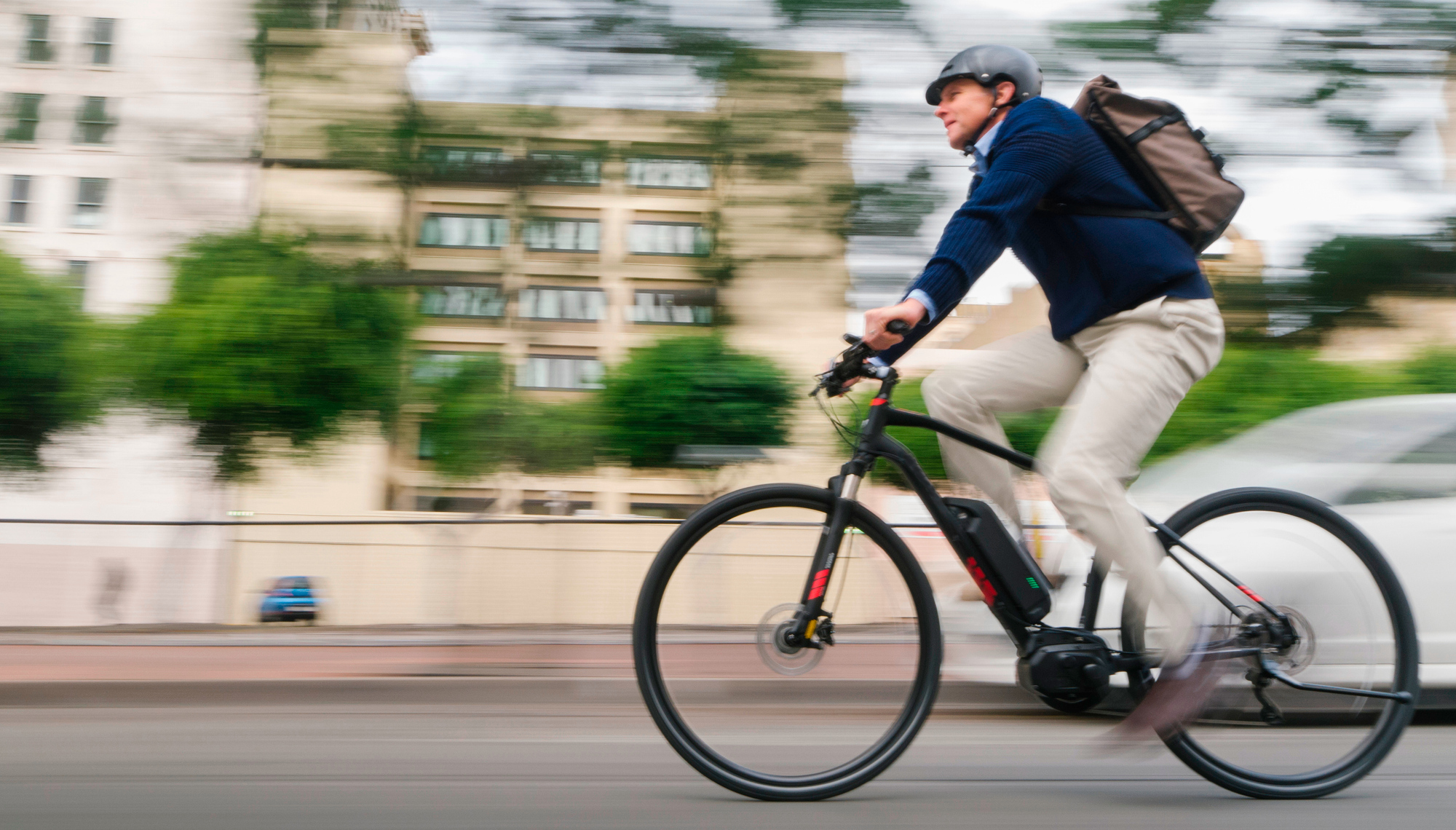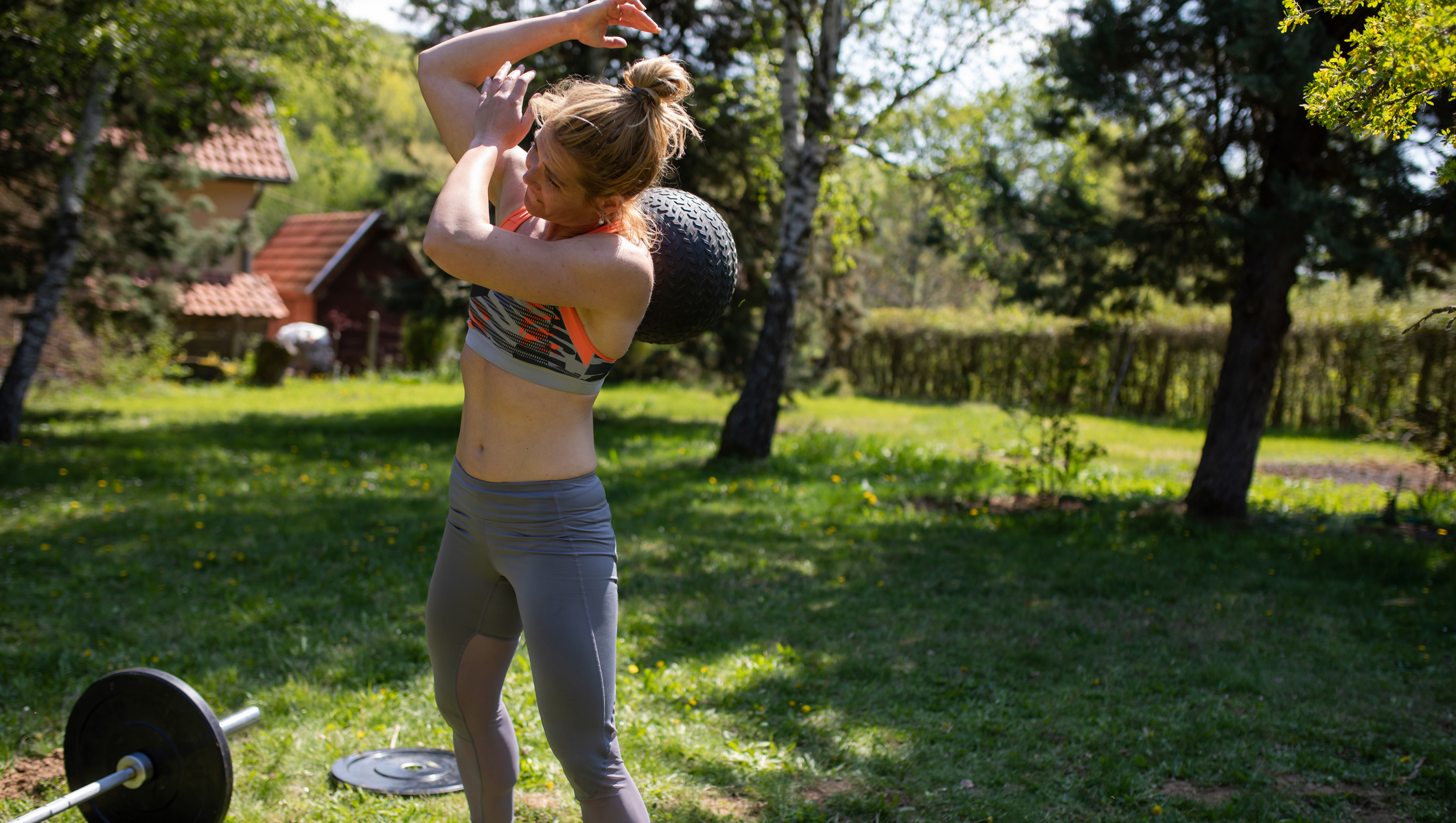How To Do The Back Extension
Strengthen your lower back and improve your posture with this simple exercise

Most people plan their gym routines around the big lifts. That means squats, deadlifts, bench presses and the like, along with exercises that hit the muscles they want to show off, like biceps curls and crunches. However, when mapping out your week of workouts, it’s important to find room for supporting exercises that will boost your performance in these big lifts. Exercises like the back extension.
While the primary purpose of the back extension is to work the muscles in your lower back, it also hits your hamstrings and glutes, making it a useful exercise for anyone looking to improve in the deadlift. That’s especially true if you use a back extension bench and add some weight.
There are a few ways to perform the back extension, but the two most common are lying on the floor and using the back extension bench. Both will strengthen your lower back muscles, which will benefit your posture and help counter any problems you have in that area owing to long office hours spent at a desk. If you experience any lower back pain while performing the back extension, stop and get your form checked straight away, because you can exacerbate problems by pushing through the pain.
See related
How To Do The Back Extension
For the lying back extension, lie on your front and bring your hands up to your temples with your elbows out to the sides. Then engage your glutes and core and lift your shoulders and chest up off the floor. Squeeze your shoulder blades together, then lower back to the start.
If you’re using a back extension bench the first thing to do is set up the pads so you can lie forward with freedom to bend at the waist. The bench should be set at a 45° angle – this will allow for a greater range of movement than a flat bench. Ensure your feet are secure against the pads, then bend forwards, keeping your back flat. Fold forwards until you feel a stretch in your hamstrings, then slowly bring your torso back up.
Get the Coach Newsletter
Sign up for workout ideas, training advice, reviews of the latest gear and more.

Nick Harris-Fry is a journalist who has been covering health and fitness since 2015. Nick is an avid runner, covering 70-110km a week, which gives him ample opportunity to test a wide range of running shoes and running gear. He is also the chief tester for fitness trackers and running watches, treadmills and exercise bikes, and workout headphones.









